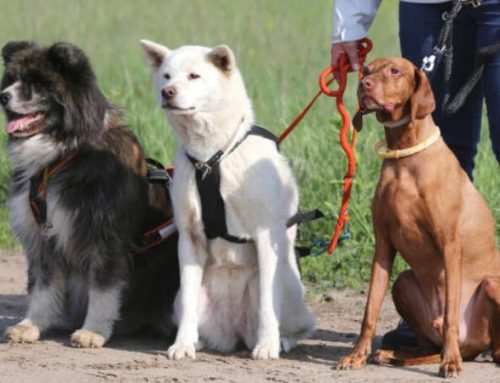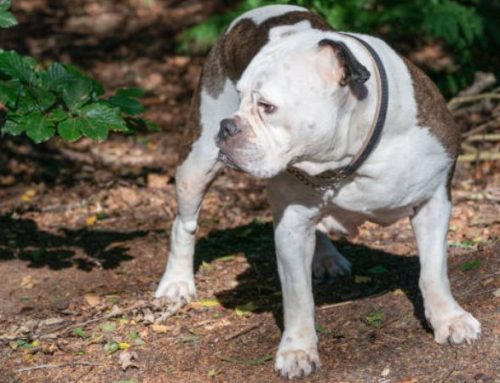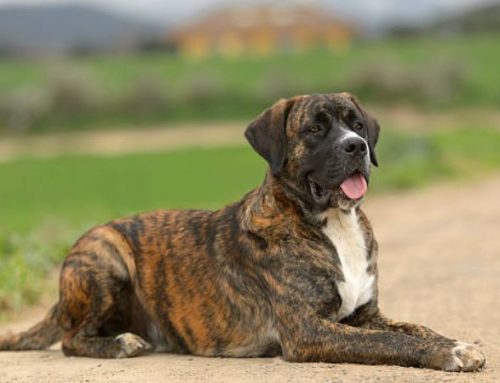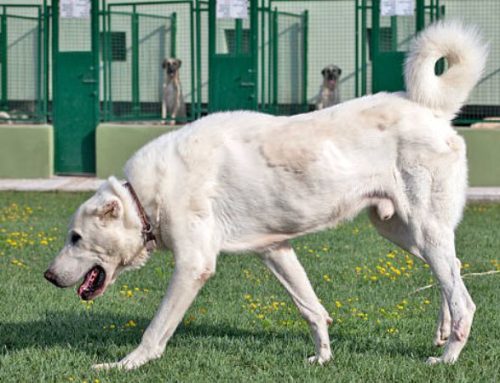Thinking about trimming your Corgi’s coat or even shaving it down to beat the heat or reduce shedding? Before you grab the clippers, it’s important to understand how their unique double coat works and why shaving might not be the best solution.
In this guide, Nexus-Pets takes you through everything you need to know about grooming your Corgi the right way, so you can keep them healthy, comfortable, and looking their best.

Why Trimming Is Better Than Shaving Your Corgi
While it might seem like a good idea to shave your Corgi to reduce shedding or help them stay cool, this common grooming mistake can actually cause more harm than good. Corgis have a double coat designed to regulate their body temperature and protect their skin. Shaving disrupts this natural system and may lead to several serious issues:
- Loss of Protective Guard Hairs: Shaving removes the outer coat (guard hairs), which serve as a barrier against sun, heat, cold, and even minor abrasions. Without this layer, your Corgi is more vulnerable to sunburn, overheating, and chilling in cooler temperatures.
- Permanent Coat Damage: In some cases, shaving can alter the coat’s texture and growth pattern. Corgis may experience patchy regrowth, or the undercoat may grow faster than the guard hairs, leading to a fuzzy, uneven appearance. Sometimes, the original coat may never fully return to normal.
- Increased Shedding & Discomfort: Ironically, shaving may actually increase shedding. The blunt, regrowing hair shafts can also cause discomfort and itchiness, especially during warmer months. Your dog might scratch more frequently, further irritating their skin.
- Risk of Ingrown Hairs & Skin Issues: Without proper regrowth, trimmed or shaved hair can curl back into the skin, potentially leading to ingrown hairs, infections, and red, irritated patches.
- Warnings from Groomers and Experts: Professional groomers and veterinarians alike strongly advise against shaving double-coated breeds like Corgis. Their coats are designed to provide insulation year-round, keeping them cool in the summer and warm in the winter.
Myth: Shaving Reduces Shedding Many owners believe shaving will eliminate fur around the house—but shedding doesn’t stop just because the coat is shorter. It simply results in shorter hairs, which are often harder to clean up and may even be more irritating to those with allergies.
You may be interested in: Do Corgis Shed?
Essential Tools for Trimming Your Corgi’s Hair
Here are the essential tools every Corgi owner should have for trimming:
- Slicker Brush: Ideal for detangling and removing loose hair from the outer coat. It helps smooth out the fur and prevent matting, especially in high-friction areas like the chest and behind the ears.
- Undercoat Rake: Designed to penetrate the dense undercoat and remove dead, shed hair without harming the topcoat. This tool is essential for managing shedding and keeping your Corgi’s coat breathable.
- Thinning Shears: Useful for soft, natural-looking trims. They’re especially helpful when grooming areas like the rear (“Corgi booty”), legs, and underbelly, where bulk reduction is needed without removing too much hair at once.
- Curved Scissors: Perfect for rounding off edges and shaping curved areas of the body. They provide precision when trimming around the legs, feet, and tail.
- Clippers: Should only be used for sensitive zones such as paw pads, sanitary areas, and inner thighs. Avoid using clippers on the main body to prevent damage to the protective coat.
By using these tools properly, you’ll keep your Corgi’s coat in top condition while respecting the natural function of their double coat.

Step-by-Step Guide to Trimming Your Corgi’s Hair
Grooming your Corgi at home can be a rewarding experience when done with patience and care. Their thick double coat requires special attention to ensure comfort, cleanliness, and that signature Corgi charm. Here’s a detailed step-by-step guide to help you trim your Corgi safely and effectively:
Preparation
Before you begin trimming, proper prep work is crucial for a smooth and stress-free grooming session.
- Give a thorough bath: Start by bathing your Corgi with a gentle, dog-safe shampoo. This helps loosen dirt, debris, and excess fur, making the trimming process cleaner and more manageable.
- Dry completely: Use a high-velocity dryer to blow out loose undercoat and fluff up the fur. If you don’t have one, towel dry thoroughly and allow your Corgi to air dry in a warm, draft-free area until the coat is completely dry.
- Brush out the coat: Once dry, brush through the entire coat using a slicker brush and an undercoat rake. This step removes tangles and dead hair, prevents matting, and ensures an even trim.
Trimming Process
With your tools and your Corgi ready, it’s time to begin the actual trimming. Take your time and follow the natural lines of the body.
- Tidy up key areas: Start by using thinning shears to carefully trim stray hairs around the paws, chest, and hip areas. These zones tend to get fluffy or uneven, especially between grooming sessions.
- Shape the rear (“Corgi booty”): Use curved scissors or thinning shears to sculpt the back end. Trim lightly to maintain the rounded appearance while avoiding cutting too deeply into the coat.
- Clean around the tail: Carefully trim the fur surrounding the tail and just underneath it. This not only keeps your dog looking neat but also helps maintain hygiene.
- Follow coat direction: Always trim in the direction the hair grows to maintain the natural flow. Avoid close cutting or shaving — especially along the body — to protect the integrity of the double coat.
- Check as you go: Periodically run a comb through the trimmed sections to check for unevenness or missed spots. This helps you refine the shape without overcutting.
Final Touches
Finish your grooming session with a few important details that often go overlooked:
- Trim the nails: Use a pet-safe nail clipper or grinder to shorten your Corgi’s nails. Be cautious not to cut into the quick — the sensitive part inside the nail.
- Tidy paw pads: Use clippers or scissors to gently trim the hair growing between and around the pads for better traction and cleanliness.
- Optional detail work: If needed, lightly trim excess hair around the ears or whiskers, but only if your dog is comfortable with it and you have a steady hand.

Tips for Maintaining a Healthy Corgi Coat
- Brush regularly: Daily or at least several times a week, use a slicker brush or undercoat rake to reduce shedding, prevent mats, and keep the coat healthy. Focus on common trouble areas like behind the ears, under the belly, and around the haunches.
- Use leave-in conditioners or coat sprays: After brushing, a spritz of dog-safe conditioner or shine spray can help detangle, moisturize the skin, and give the coat a sleek, soft finish. Avoid overuse, as too much product can cause buildup.
- Feed a nutrient-rich diet: Your Corgi’s coat reflects their internal health. Make sure they eat high-quality dog food rich in omega-3 and omega-6 fatty acids. Supplements like fish oil or a spoonful of coconut oil can enhance coat luster and reduce dryness or flaking.
- Avoid shaving: Never shave your Corgi unless advised by a veterinarian for medical reasons. Shaving can permanently damage the double coat, expose the skin to harmful UV rays, and worsen shedding or discomfort.
When in doubt, remember this: the best way to care for your Corgi’s coat is to embrace its natural design. Regular brushing, proper bathing, and professional trims are all you need to keep them looking their best and feeling comfortable. Avoid the clippers, and your Corgi will thank you for it with a happy, healthy coat.






